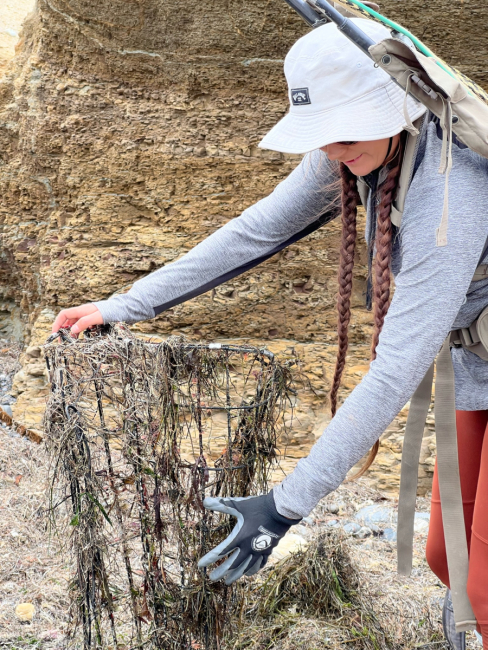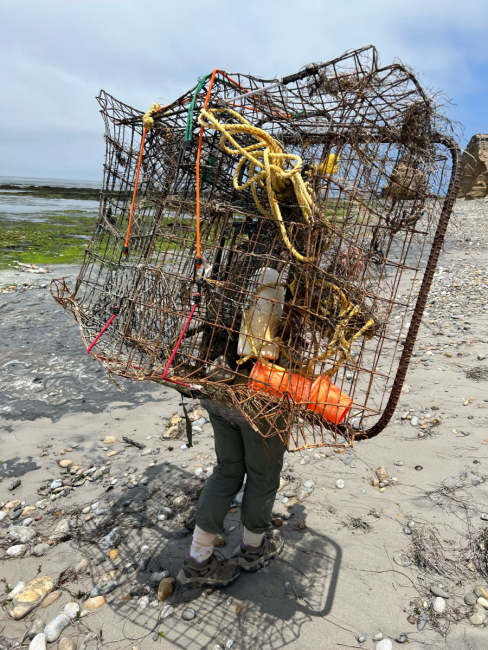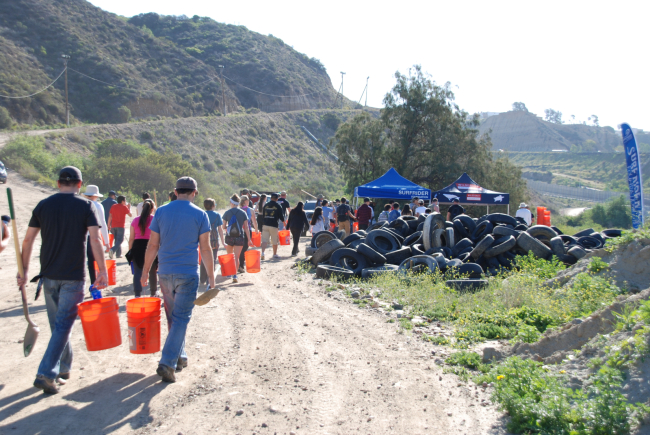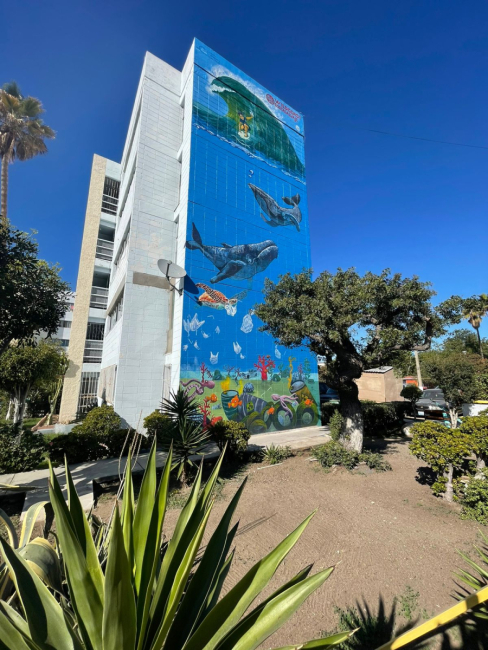The NOAA Marine Debris Program supports various partners involved in marine debris research, prevention, and removal throughout California. Local universities, nonprofits, and state and federal agencies make up the many hands that are addressing microplastics, single-use plastics, fishing gear, and large-scale marine debris, such as abandoned and derelict vessels. From up north, to down south, and across shared border communities, these partners and their efforts create a comprehensive response to California’s marine debris issues.
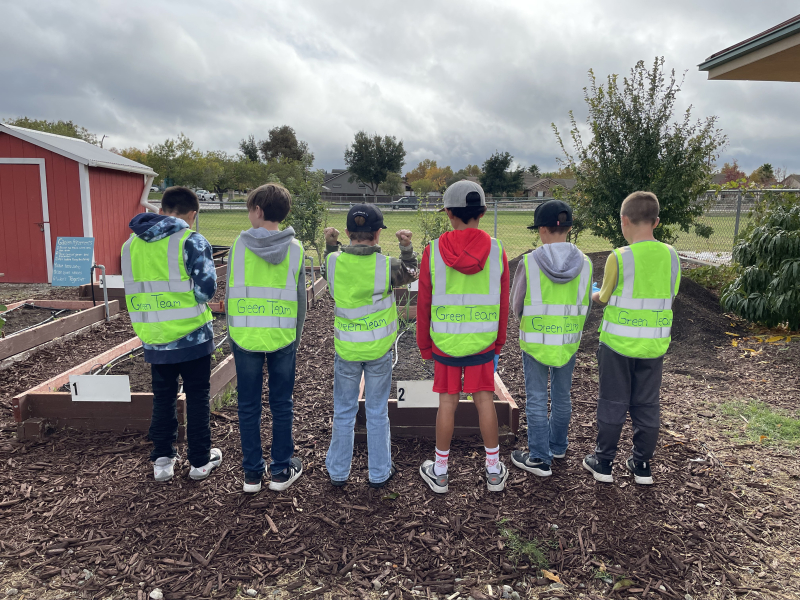
In Northern and Central California, marine debris removal, monitoring, and prevention projects are underway. The Richardson’s Bay Regional Agency is removing abandoned and derelict vessels from Richardson Bay and monitoring the benefits to native eelgrass beds and migrating waterbirds in the San Francisco area. The NOAA Monterey Bay National Marine Sanctuary is working alongside the California Marine Sanctuary Foundation to collect and analyze data to better understand marine debris impacting the sanctuary. Education is a key component to reducing marine debris. In San Luis Obispo, One Cool Earth is leading a Central Coast Alliance to empower students to address marine debris, institutionalize zero waste practices in schools, and train and support teachers.
In Southern California, university partners are key to understanding the complexity of the marine debris issue. Researchers at the University of California Riverside are examining the source, pathway, and fate of microplastics in the Southern California Bight to inform more effective management efforts. Meanwhile, California State University Channel Islands are removing and tracking the amounts and types of shoreline debris on the northern Channel Islands to assist with source identification and inform management and policy changes. Researchers at San Diego State University are examining the movement of less studied sources of pollution, such as encampment debris and illegally dumped items.
Through the United States-Mexico-Canada Agreement Implementation Act, the NOAA Marine Debris Program is working with nonprofit organizations to support transboundary marine debris removal and prevention. WILDCOAST is supporting the Tijuana River Watershed and local communities by intercepting debris and recycling and disposing of it in alternative ways, and increasing marine debris education awareness, such as creating community art displays. Southwest Wetland Interpretive Association along with the Tijuana River National Estuarine Research Reserve are implementing efforts to prevent and capture cross-border debris before it reaches the Pacific Ocean, increasing awareness of the marine debris issue, and piloting a community-led circular economy by upcycling and selling items made from marine debris.
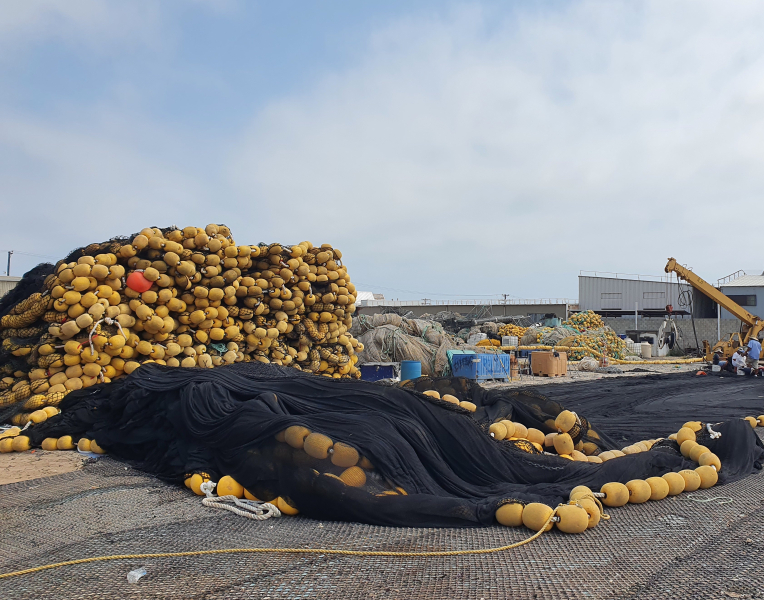
Additionally, the Ocean Conservancy’s Global Ghost Gear Initiative is working with partners in California and in Mexico to better manage and prevent the loss of fishing gear and to launch a North American Net Collection Initiative for gear recycling. In Bahía de los Ángeles, the Vermilion Sea Institute is expanding the work and research of local youth in the Aventureros educational program and their community approach to reducing single-use plastics and waste.
To increase collaboration with over 50 different marine debris organizations across the state, the NOAA Marine Debris Program collaborates with the California Ocean Protection Council to coordinate and implement the California Ocean Litter Prevention Strategy.
The great state of California is supported by equally great marine debris efforts and we’re proud to be a partner. We look forward to highlighting these projects and their accomplishments throughout the month on our blog and social media!

